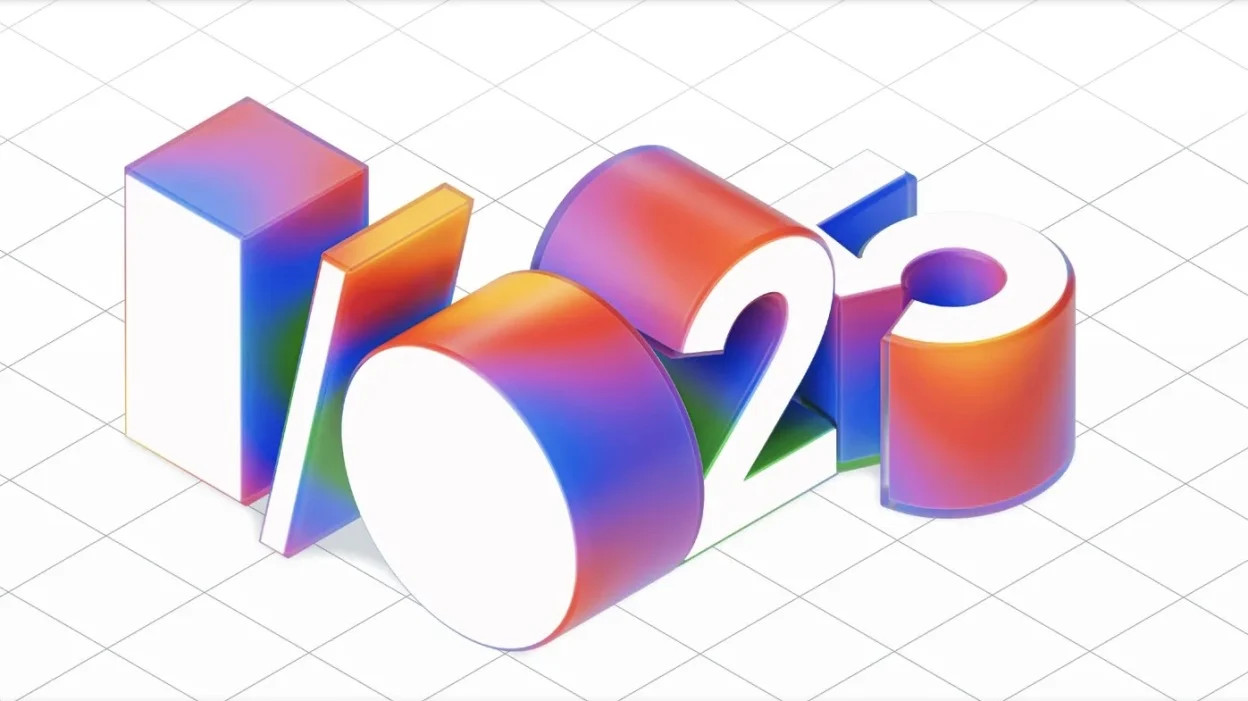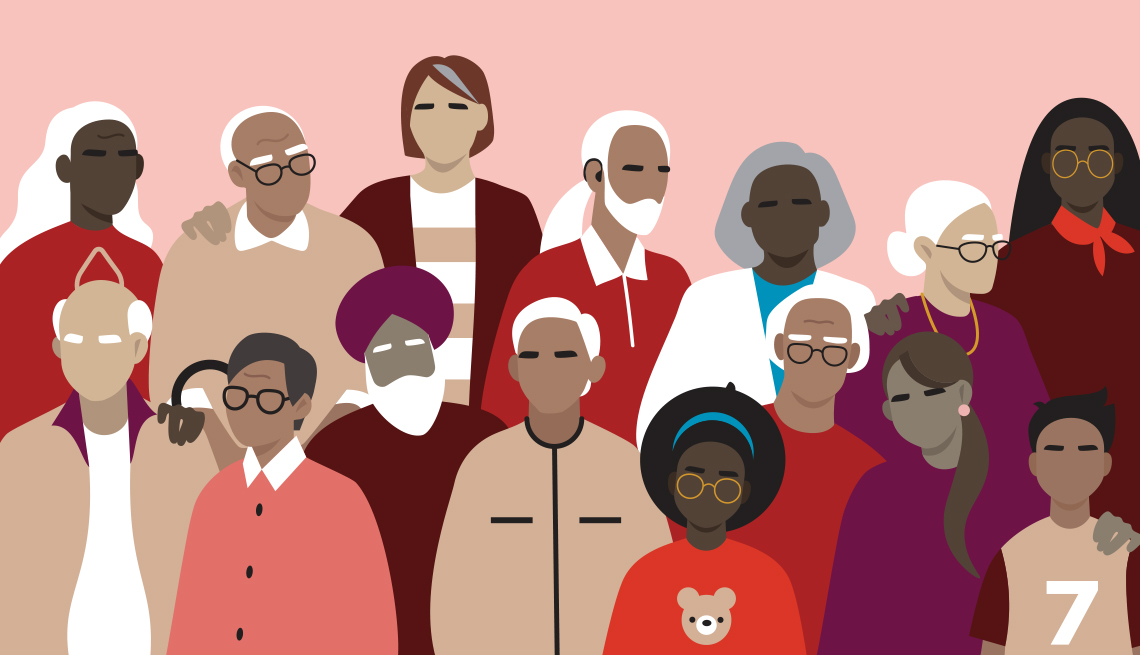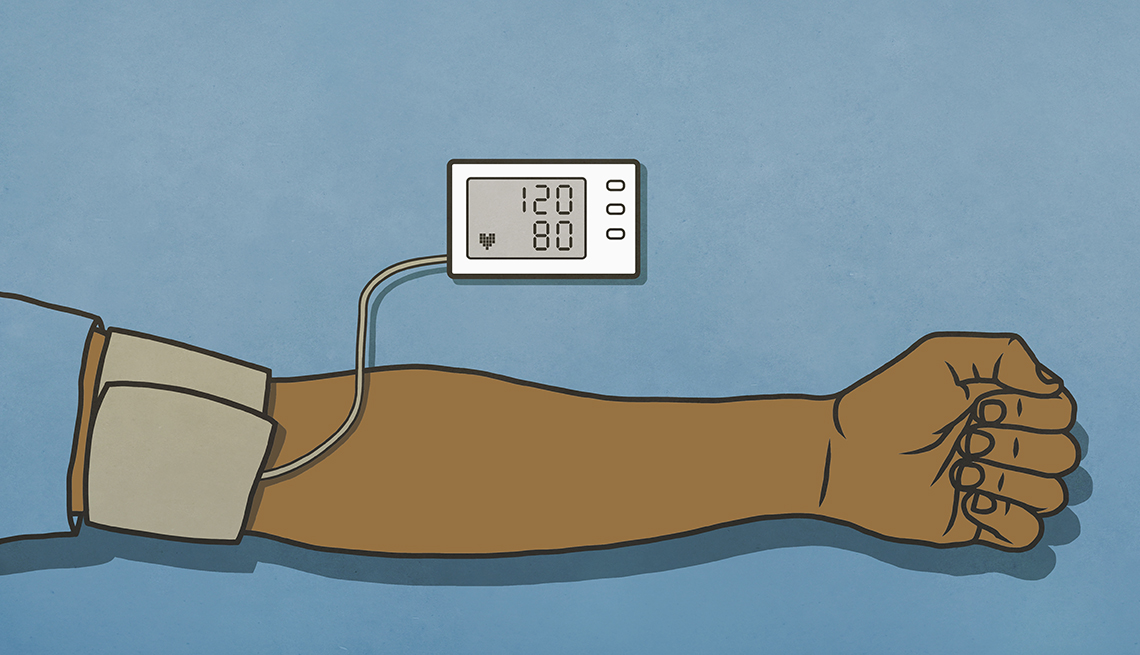
- Select a language for the TTS:
- UK English Female
- UK English Male
- US English Female
- US English Male
- Australian Female
- Australian Male
- Language selected: (auto detect) - EN
Play all audios:
For the past week, all eyes have been on Google as the company wraps up its annual I/O conference with a wave of new announcements. You can find reams of online speculation and bulleted
lists elsewhere, but what, ultimately, does all this change – both incremental and monumental – mean for the end user, us? In amongst a cavalcade of new features, tweaks and updates, the big
takeaway was that it’s no longer all about the OS. Granted, Google announced the substantial overhaul of Android and Wear OS with the introduction of a new evolved design approach, Material
3 Expressive. This will be the underpinnings of what is now the 16th incarnation of Google’s home-brewed phone operating system, Android 16. But what matters more to Google – and by
extension you – are the creeping features of AI functionality into all facets of search and, by extension, consumption. Android is by far the world’s most dominant mobile OS, with over 70
per cent of market share. Apple’s iOS hoovers up around 28 per cent, leaving a couple of points for independents to scrap over. In the US, things are a little different, and iOS dominates
(c57 per cent to 42 per cent). When OS design changes, every pixel shift and icon change, launch animation and enhanced feature is minutely scrutinised in order to determine who will retain
the edge for the next cycle of tech. The list of Google’s new announcements was especially long this year. Google’s Gemini AI became a little more ubiquitous and a little more pricey, as the
top tier version of the system, Google AI Ultra, bundles the cutting edge of the technology into a $250 monthly package that includes generative video (Flow, capable of sating the desire
for Guy Ritchie/_Grand Theft Auto_ mash-ups running at a seamless 40 clichés per second), the Whisk visualiser, a new research assistant, Project Mariner, and a subscription to YouTube
Premium thrown in. Presumably so you can use the service without having to sit through a slew of AI-generated ads. For AI watchers, the most significant announcement of the week was the
arrival of the fully fledged AI Mode, first in the US but rolling out to other markets in due course. AI Mode effectively splices AI-generated responses into search, allowing users to make
conversational enquiries either via text or speech and then collating contextually relevant results that can be queried and refined. In practice, this is how many people already use search
engines – asking a question – but AI Mode is about creating a set of queries and responses that flows naturally. Think something along the lines of ‘can you remind me how much the set lunch
was at that restaurant I found yesterday’, or some such. Caveats? It’s too early to tell, but given the slow degradation of ‘traditional’ search via the incursion of first sponsored results
and latterly AI-generated summaries, it’s not hard to see how AI Mode could quickly become the archetypal ‘mid’ experience, guiding us all on invisible rails to businesses and services that
just happen to be inextricably commercially co-dependent on the big G. Receive our daily digest of inspiration, escapism and design stories from around the world direct to your inbox.
Naturally, AI Mode will also become the go-to portal for Google’s shopping experience. Google claims to have no fewer than 50 billion product listings on its systems, refreshing two billion
of them every hour for accurate price and availability data. In an attempt to make this avalanche of choice feel less overwhelming, AI Mode debuts a couple of new features, including the
ability to ‘virtually try on clothes’ using an AI that mimics the drape and fall of clothing across a wide variety of body types. Or you can go one stage further (for US customers only right
now) and upload a full-length photograph of yourself to use as the basis for the virtual clothes horse system. In other news, there was a renewed play for the AR/VR space with the arrival
of Android XR, an ‘AI-powered operating system’ designed for augmented reality glasses. Capable of overlaying information, from navigation to how-to guides, to text messages and search, onto
the world around you, Android XR will be appeal to a certain kind of early adopter, for sure, but is more likely to find its niche in industrial and commercial applications. A NEW LOOK AND
FEEL Google is heralding Material 3 Expressive as one of its ‘biggest update in years’. For Wear OS 6 devices, that means making more of the circular interface, with scaling animations that
appear to emphasise and exaggerate the ‘water droplet’ design of the display. Animations add a further sense of depth. On Android devices, the Material 3 Expressive toolkit takes a similarly
fluid and organic approach to animations and haptic feedback. Developers now have access to a revised palette and typography as well as having more freedom when creating shaped buttons and
interfaces. The many flavours of Android give the OS an untethered, slightly anarchic feel that feels a world apart from Apple’s rigorous rules and high aesthetic standards. Google clearly
hopes that a more expansive set of highly curated options will help close the gap. Android 16 should start rolling out in the next few weeks, initially to Google’s own flagship devices. It
also means that when the next tranche of Pixel devices drop – the tenth generation – they’ll come with Android 16 straight out of the box. There’s a long list of enhancements and new
features, beyond the new aesthetic, including a Live Update tracker for deliveries, cabs, etc, new camera functionality, more Gemini integration, as well as many behind-the-scenes updates to
security and information sharing. Better and more intuitive desktop mirroring is also coming, allowing you to use your Android phone as a portable minicomputer when paired with a suitable
screen and keyboard. Google describes all these enhancements as a way of making watch and phone more ‘fluid, personal and glanceable,’ but this feels like sleight of hand, because the whole
business model of a modern device is not about glancing but about glueing. With every launch, conference, update and overhaul, the tech giants are simply putting more and more power into
these devices of mass distraction, while simultaneously promising hacks and workarounds that purport to make our lives easier and more seamless and less easily diverted by the fast-flowing
streams of information. I/O is an especially apt name for an event of this nature, for the ins and outs of digital culture have never felt more imbalanced and precarious. THE INTERNET SHIFTS
UP A GEAR Unfortunately, all the things that make the web bad are still bad even if the interface is shiny, beautiful and new – UI changes can’t cloak the essential emptiness of the
experience, just as a glossy AI-generated image captures the attention for a few seconds until its dark, lifeless core is revealed. In that respect, Android 16’s aesthetic improvements are
merely a band-aid over a realm of chaos, patching security, guiding choices, and maintaining a grip on the essential tools needed to navigate the modern world, all the while encouraging ever
greater user involvement and data commitment. On top of all of this, AI is simultaneously invisible and everywhere. AI Mode is just one more step on the road to its the inevitable and
unstoppable integration with search. If Wi-Fi is considered an essential service, like water or electricity, then isn’t the ability to search for information an extension of that service?
Commercialising search is like plumbing in an apartment and then serving up soda water or an influencer’s energy drink through the taps, depending on who has paid for the placement. It
remains to be seen whether greater AI integration will be able to undo this or simply accelerate it. To the naysayers, AI has already been derailed by commercial concerns, trumping safety
and ethics and copyright and all manner of the apparently outmoded but once essential ways we used to conduct ourselves. There are still pockets of opposition holding out. The idea that
generative AI is already beyond parody still holds sway for now. Thus far, the vast majority of AI art, music, writing and films has achieved the status of nothing more than a sophisticated,
rather more egregious type of photocopying, plagiarism in its purest form. However, as a new generation of creatives grows up with a technology that’s maturing at a terrifying rate, it’s
unlikely this will hold true for much longer. There are already plenty of prompt jockeys out there capable of cajoling the machine into creating something interesting. A generation that can
find therapeutic solace in the ‘thoughts’ of an AI chatbot isn’t less discerning, just less concerned with the distinction. SO WHAT NEXT? For now, our devices and desires are inextricably
linked, a situation that Google’s raft of changes seeks to cement. But in the future, will conventional screen-based devices still be at the centre of our world? As the annual bipartisan
announcement techfest got underway, cleverly sandwiched between Google's I/O conference and Apple's WWDC, Sam Altman's OpenAI quietly let slip that it was working with none
other than Jony Ive. And not just Ive and his LoveFrom cohort, but a team of crack technologists, including alumni from Apple, who have formed a specialist start-up, io, to exclusively shape
OpenAI's future move into personal devices. Altman isn't just employing io, but owns it outright, although Ive's hard-won independence will remain. It’s inconceivable that
Apple, Google, et al, don’t have teams hard at work on a similar paradigm-busting approach to the way we communicate, consume and create. Just as screen-based reaches its apogee, the digital
world could suddenly shift in ways we can’t yet imagine. _Google I/O 2025 can be explored in full at __IO.Google___ TOPICS Google Artificial intelligence

:max_bytes(150000):strip_icc():focal(216x0:218x2)/benedict-cumberbatch-1-435-4-20cc736017b24435a3498a49d7c22b0e.jpg)







